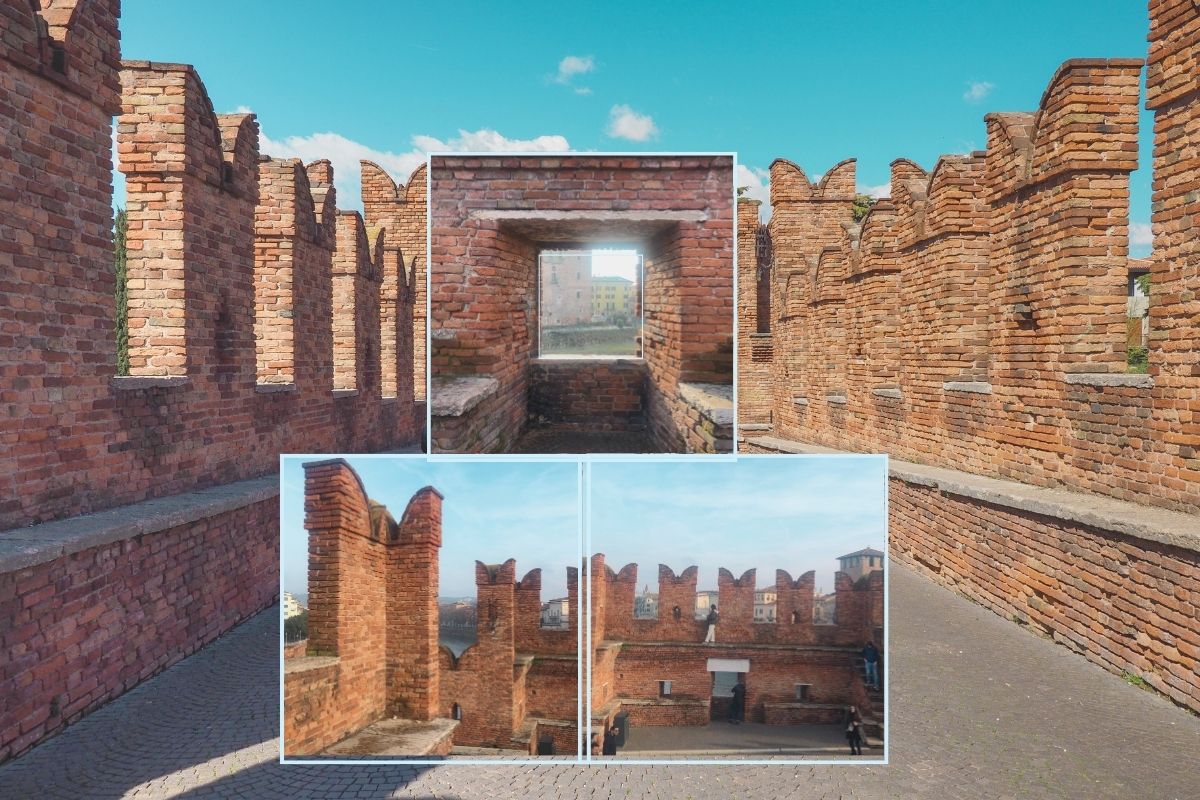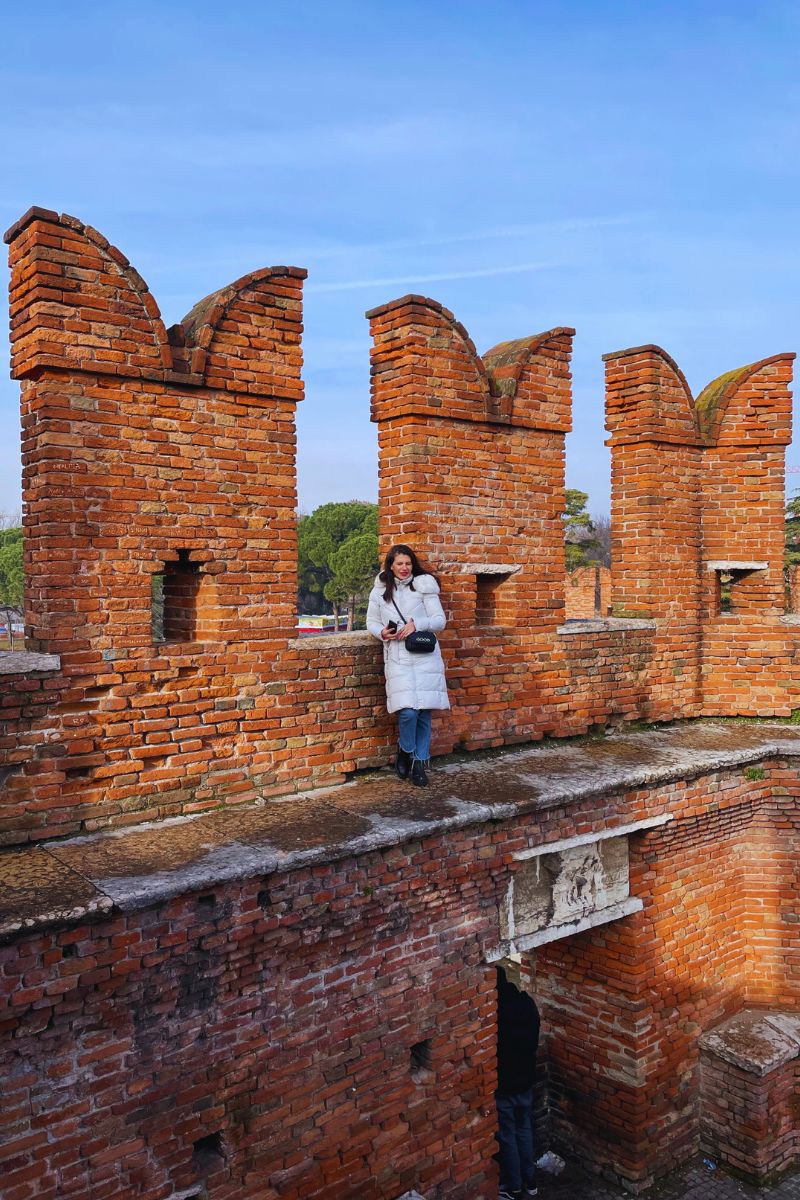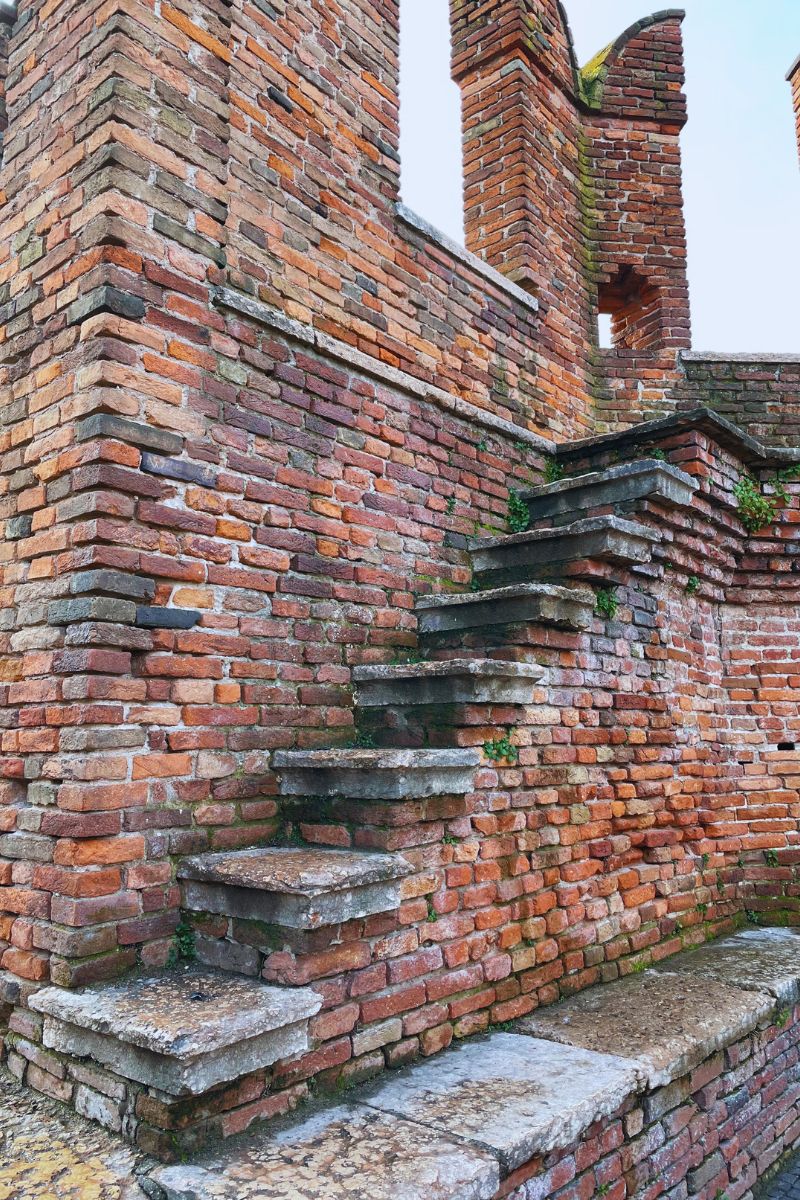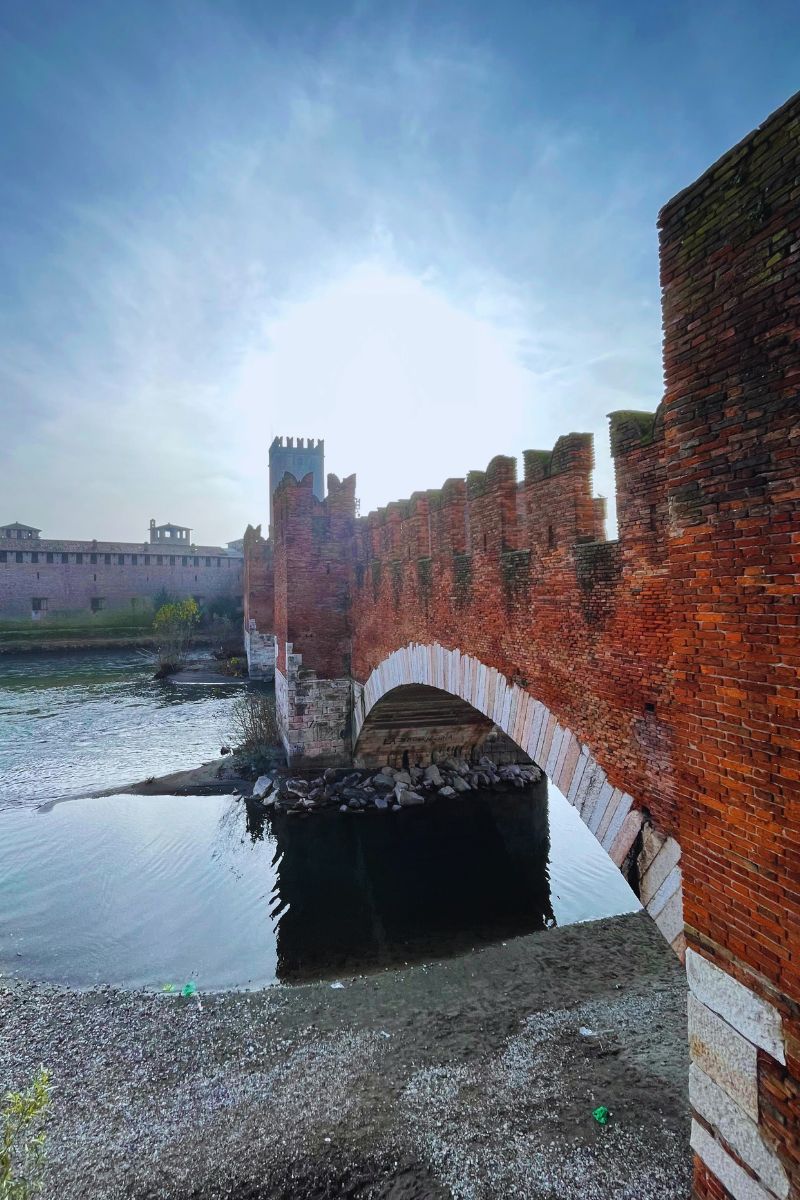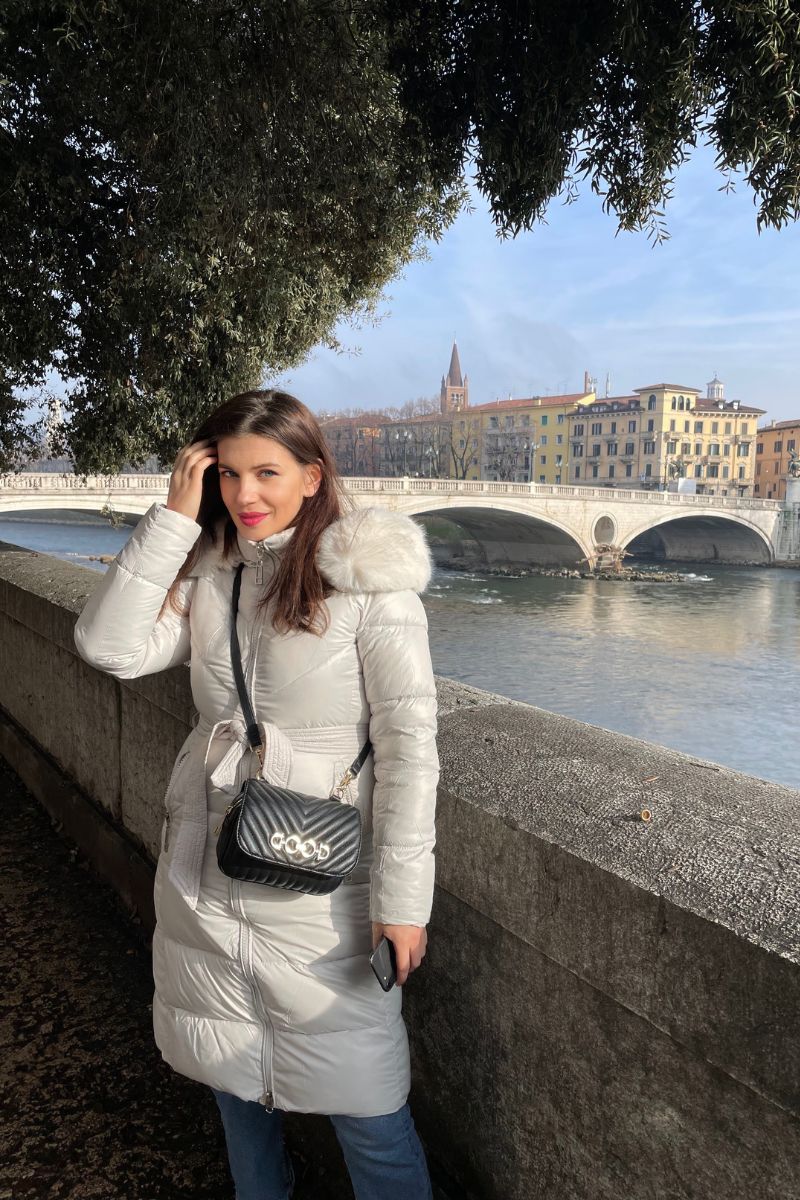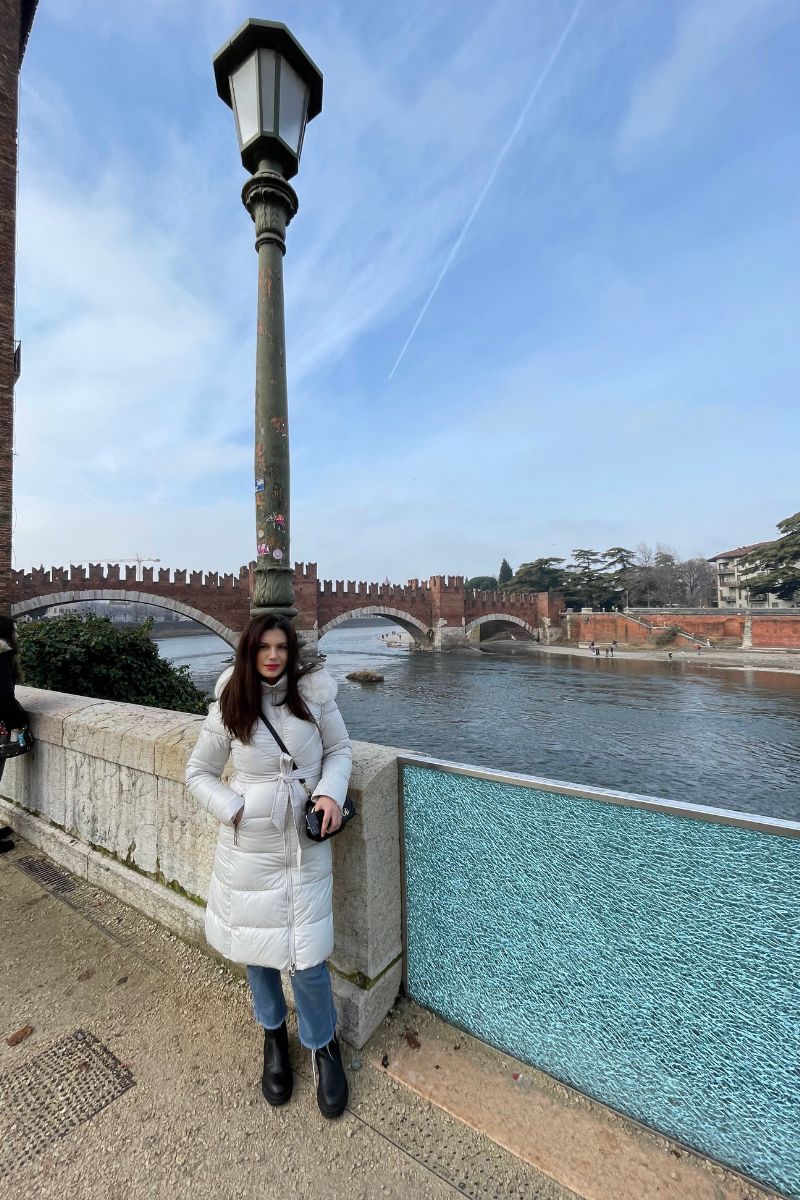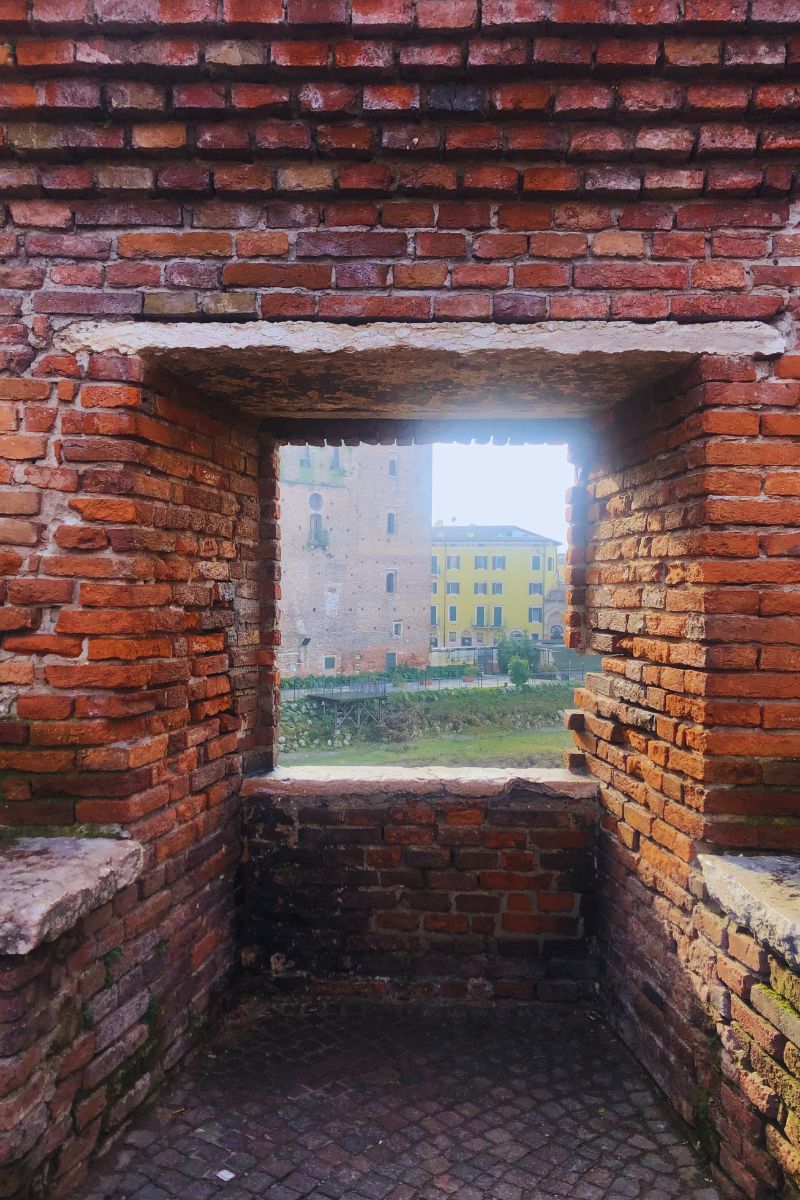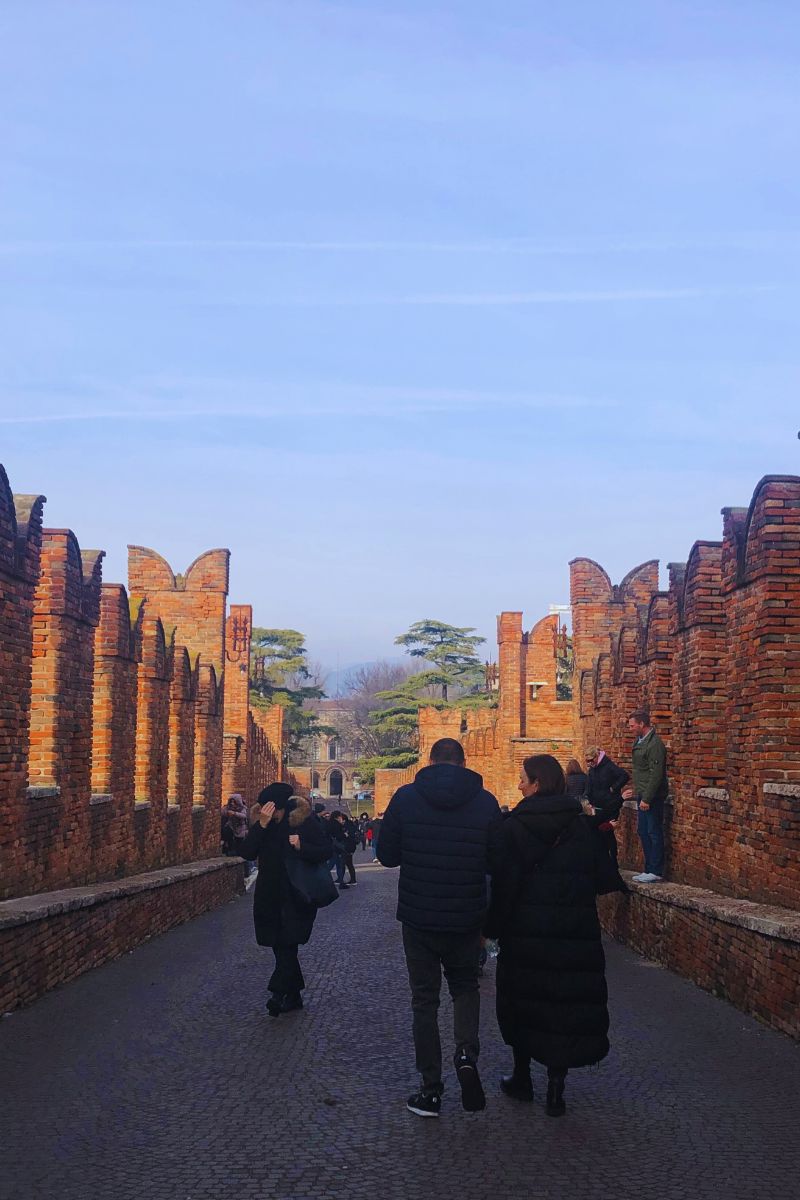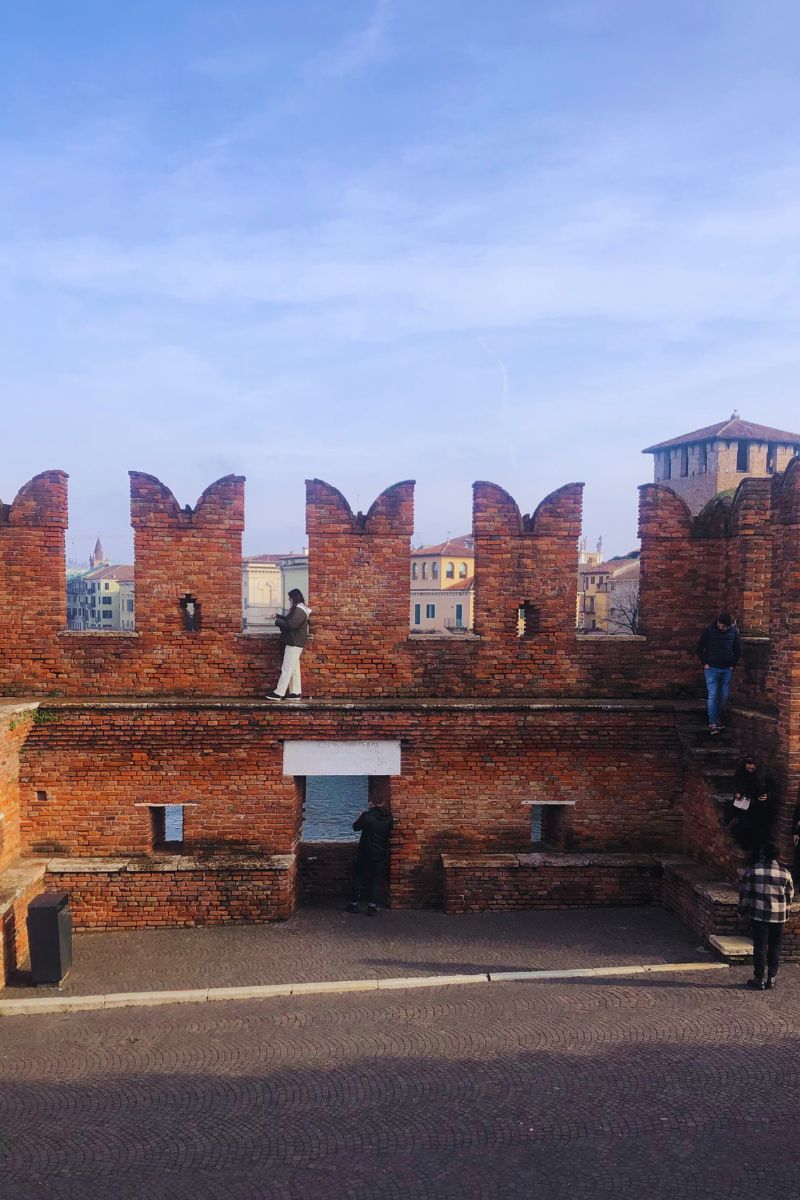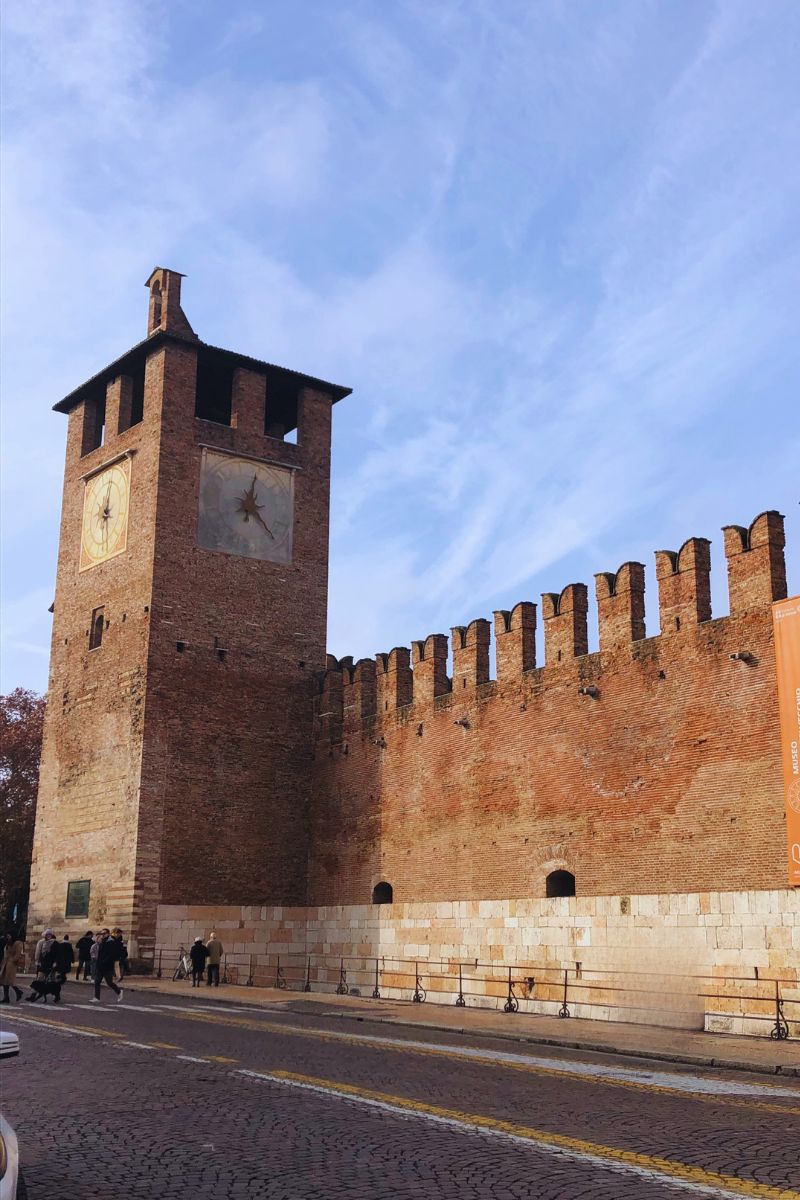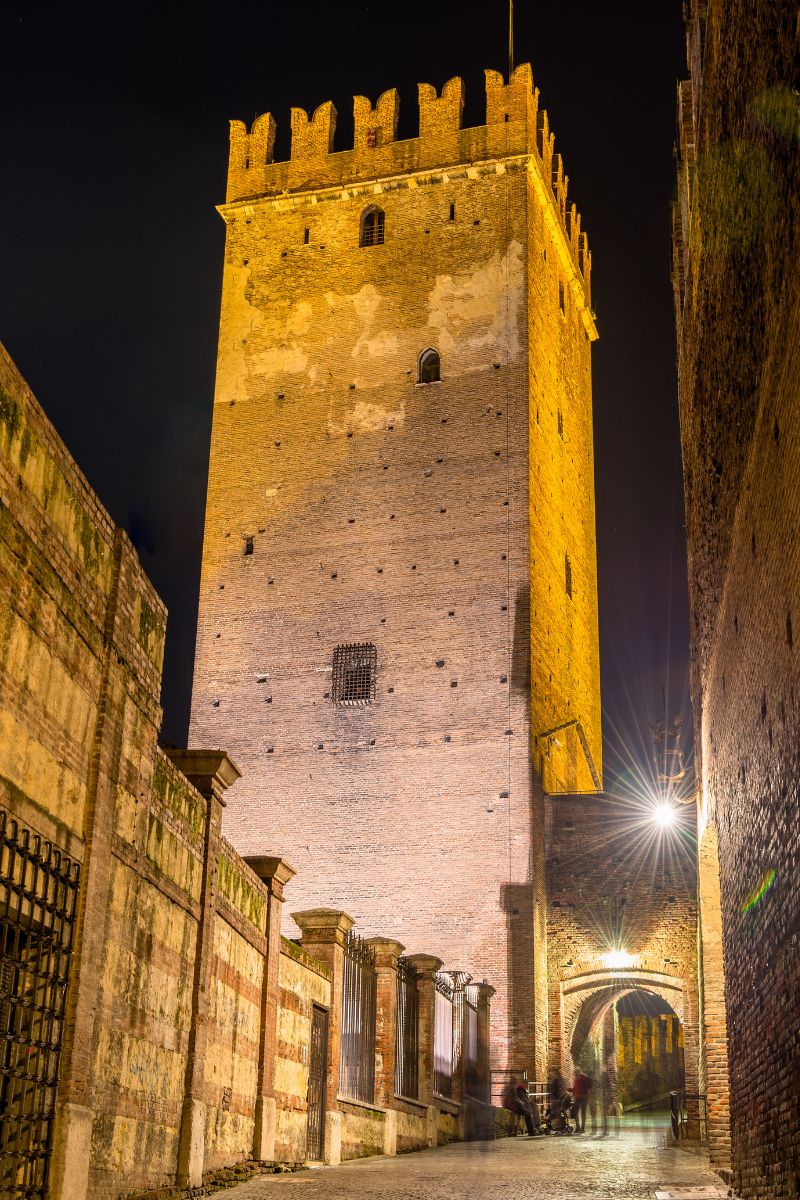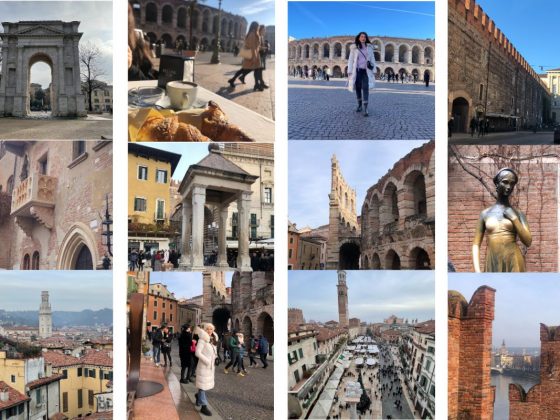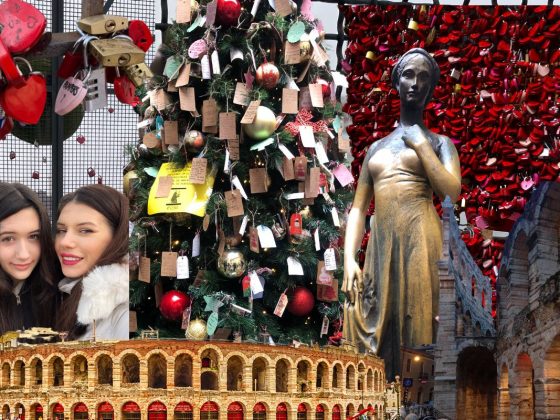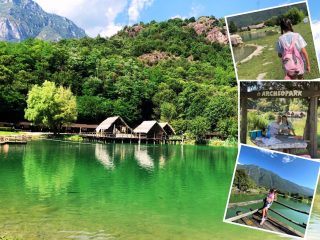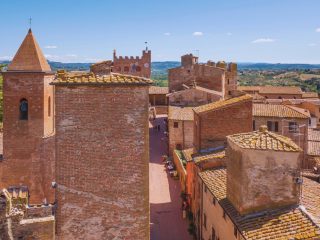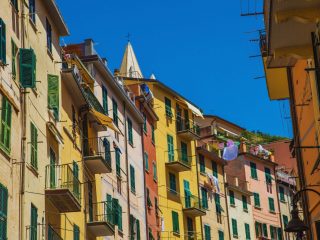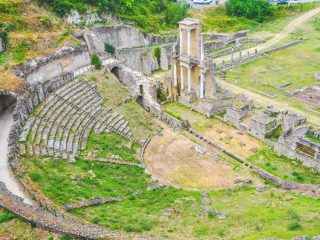Verona, a city that breathes history and romance, is home to two of its most impressive monuments: Castelvecchio and Ponte Scaligero. This article aims to explore the beauty and importance of these two architectural landmarks, providing a detailed insight into their history, architecture and cultural significance.
History of Castelvecchio
Built in the 14th century by the Scaligeri family, the rulers of Verona at the time, Castelvecchio was originally designed as a fortress and residence. With its massive walls and imposing towers, the castle was a symbol of the Scaligeri family’s power and influence in the region. Over the centuries, Castelvecchio has served multiple roles, from military fortress to arsenal to museum, a function it still performs today.
A journey through the history and beauty of Verona
Castelvecchio Architecture
Castelvecchio stands out for its Gothic architecture, with elements specific to the medieval era. Thick stone walls, battlements and round towers are characteristic of the medieval fortification style. The interior of the castle now houses an important museum with an impressive collection of art, historical artefacts and exhibits reflecting Verona’s rich history.
History of Ponte Scaligero
Connected to Castelvecchio, the Ponte Scaligero is an impressive bridge across the Adige River. Built at the same time as the castle, this bridge was designed to provide an escape route in the event of a siege. The bridge, rebuilt in the 1950s after being destroyed during World War II, is now a popular tourist attraction and an outstanding example of medieval engineering.
Castelvecchio and Ponte Scaligero are not just architectural structures; they are emblems of Italian history and culture. The museum in Castelvecchio offers a window into Verona’s artistic and historical past, while Ponte Scaligero is a symbol of the city’s resilience and regeneration.
Castelvecchio and Ponte Scaligero are more than just tourist attractions; they are stories of stone and mortar, kept alive by their architecture and history. Visiting these places is not only a history lesson, but also a profound cultural experience, offering a unique insight into Italy’s cultural richness and diversity.

